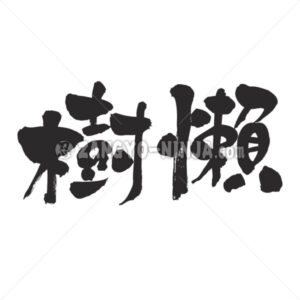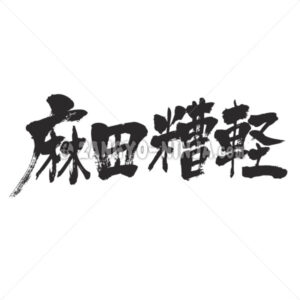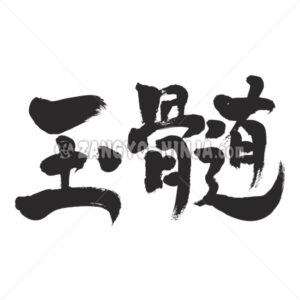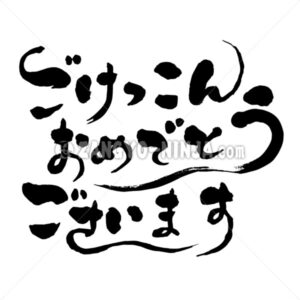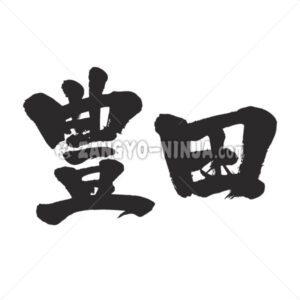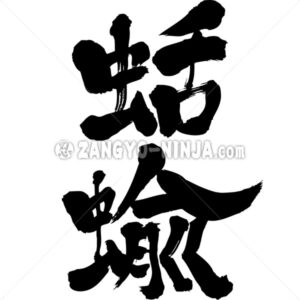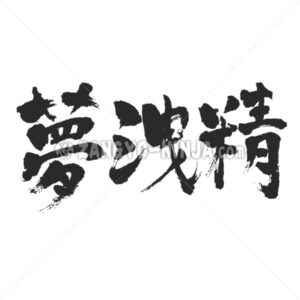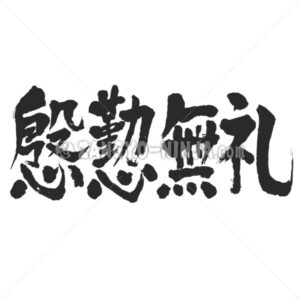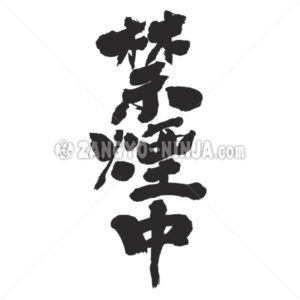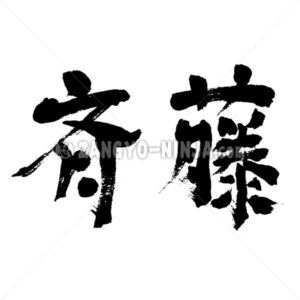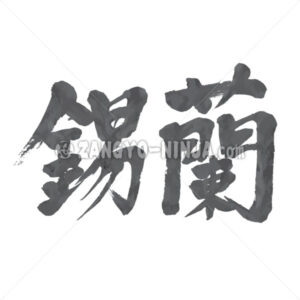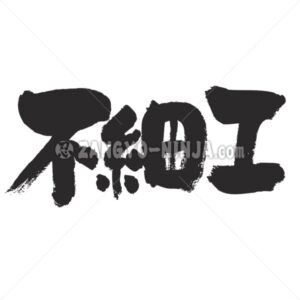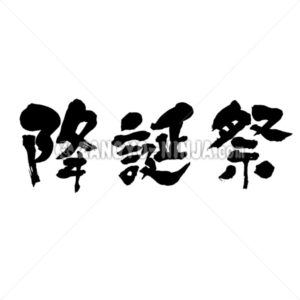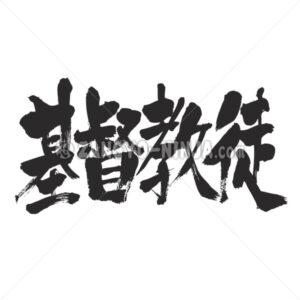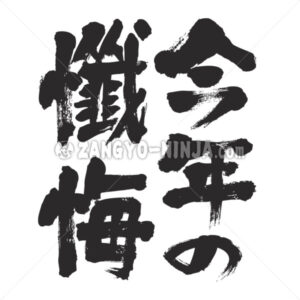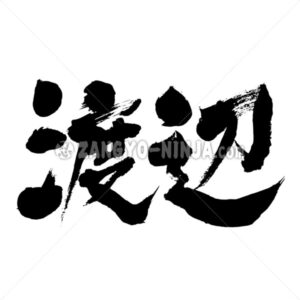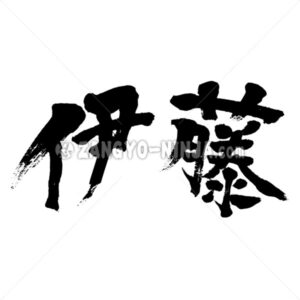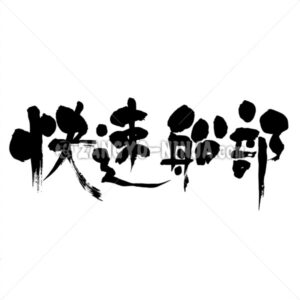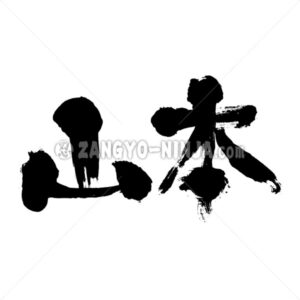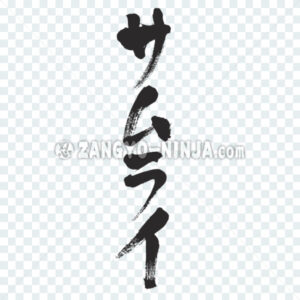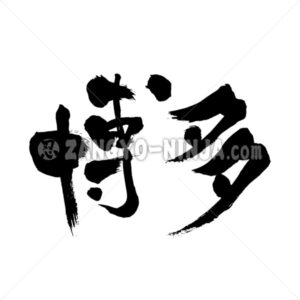
A region along the coast of Hakata Bay in Fukuoka City, northwestern Fukuoka Prefecture. In a narrow sense, it was defined as the Ishido River in the east, the Naka River in the west, Hakata Bay in the north, and the Boshu Moat in the south. There are almost no remaining Boshu moat, and … Read More
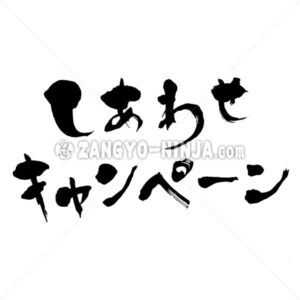
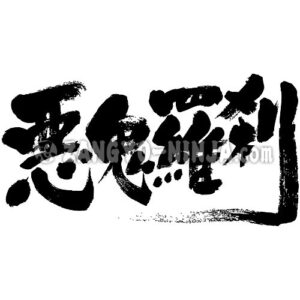
Very scary. It is a word used as an analogy to very scary things such as monsters and monsters. A monster. Things that are harmful to people, such as eating people. Japanese says “Akkirasetsu”.
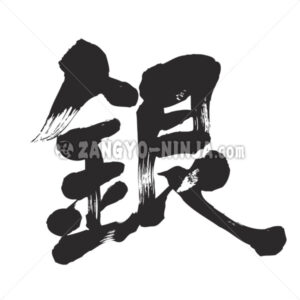
It belongs to the 11th group of the periodic table, and its simple substance is a bluish-white metal with a beautiful luster, and is lined up with gold as a precious metal. Silver is a metal that has been known for a long time, as the scene of trading in silver coins appears in … Read More
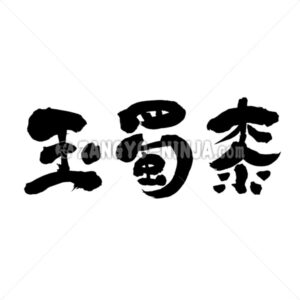
An annual grass of the Gramineae family. The grains are cultivated for food and industrial raw materials, and for the entire above-ground part as feed. The stem is upright and 1 to 4 meters high. Most of the nodes are 14 to 16, and there is almost no branching. Fresh, frozen (whole form, cut … Read More
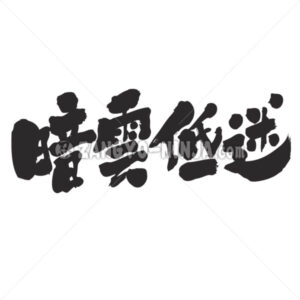
A word that says that there is a disturbing situation in which a serious incident is likely to occur, or that bad things continue and the situation is uncertain, as if the clouds were low and it was unlikely to clear up. Japanese says An-un-tei-mei.
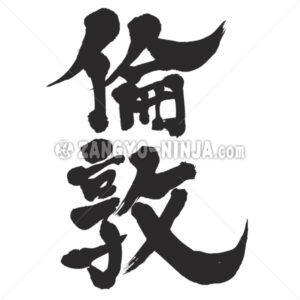
The capital of England. The country’s largest city in southeastern England, straddling both banks of the Thames. The city is at the center, and 12 other wards such as Westminster formed the County of London, but from the standpoint of expanding the metropolitan area and wide-area administration, middlesex, parts of Kent and Essex, etc. … Read More
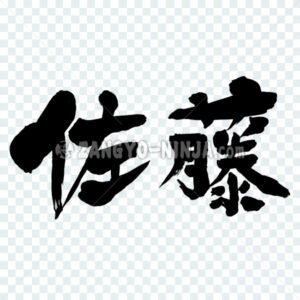
Sato is the 1st common Japanese surname. The surname Sato is said to have started with the gift of Kamatari Nakatomi (Mr. Fujiwara) from Emperor Tenchi, and the name of Sato by the descendant of Hidesato Fujiwara, Kinkiyo Saemonnojo. When the Fujiwara family prospered, he called “Sa” the second role after the highest position … Read More
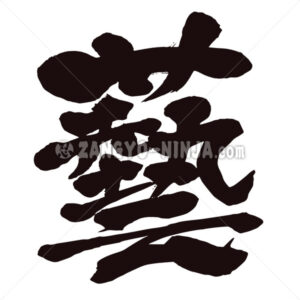
Special skills and techniques acquired through training, such as learning, martial arts, and traditional performing arts. A special move performed in public. Performing arts, acrobatics, etc. Japanese said “Gei” as old kanji letter.
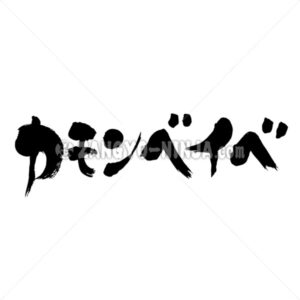
From the impression that “to return to the original state” for the opponent who is out of the original state, it means “Hey, wait a minute. Calm down”. it is literal translation.
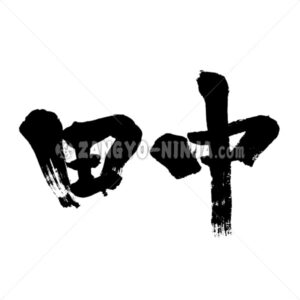
Tanaka is the 4th most common Japanese surname in Japan. The etymology is for rice fields and cultivation. It is said that when a small village was formed, “Tanaka” was created as a place name. It is believed that the powers who managed and occupied the rice fields on all sides called themselves “Tanaka” … Read More
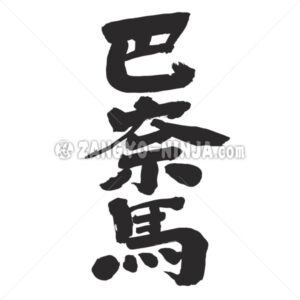
a republic on the Isthmus of Panama. a zone consisting of a strip of land across the Isthmus of Panama that contains the Panama Canal.


